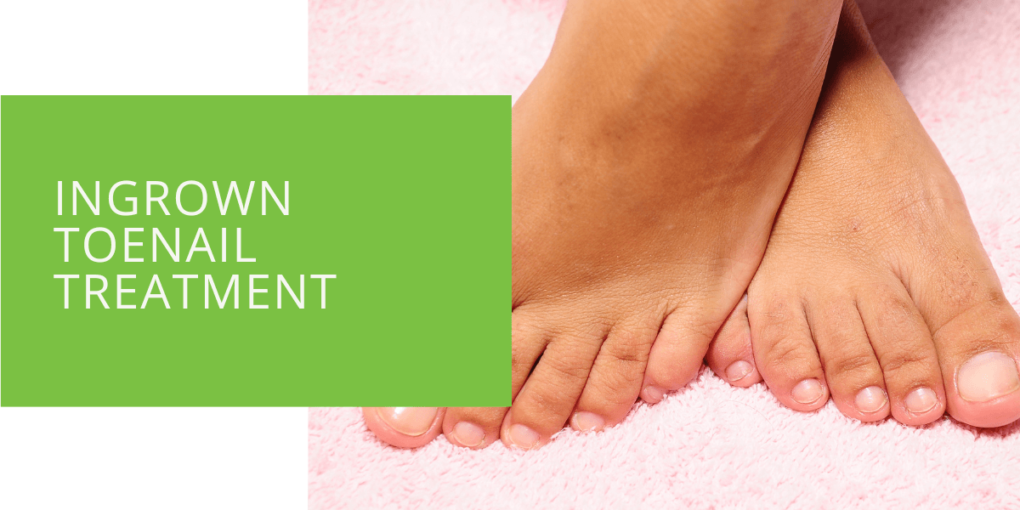Ingrown Toenail Treatment
An ingrown toenail occurs when the edge of the nail grows into the skin, causing pain, swelling, and sometimes infection. This common foot problem can be caused by various factors, including trimming toenails too short, wearing shoes that are too tight, and not cutting nails straight across.
If you're experiencing an ingrown toenail, it's important to know that treatment options are available. This article will explore the various methods for treating an ingrown toenail, including home remedies and medical intervention. We'll also discuss how to prevent ingrown toenails from occurring in the first place.
What is an Ingrown Toenail?
Definition
An ingrown toenail, also known as onychocryptosis, is a common foot condition in which the edge of the nail grows into the skin, typically on the big toe. This can cause pain, swelling, and sometimes infection.
Causes
Several factors can contribute to the development of an ingrown toenail. These include:
- Trimming toenails too short
- Wearing shoes that are too tight
- Not cutting nails straight across, but rather rounding the corners or cutting them too short
- Having naturally curved nails
- Trauma to the nail or toe
- Fungal infections of the nail
- Underlying medical conditions such as diabetes or peripheral arterial disease
Symptoms
The most common symptom of an ingrown toenail is pain, which can range from mild to severe. Other symptoms may include:
- Swelling around the nail
- Redness or inflammation of the skin
- Drainage of pus or other fluids
- Difficulty walking or wearing shoes due to pain
If the ingrown toenail becomes infected, you may also experience fever, increased pain, and a foul-smelling discharge.
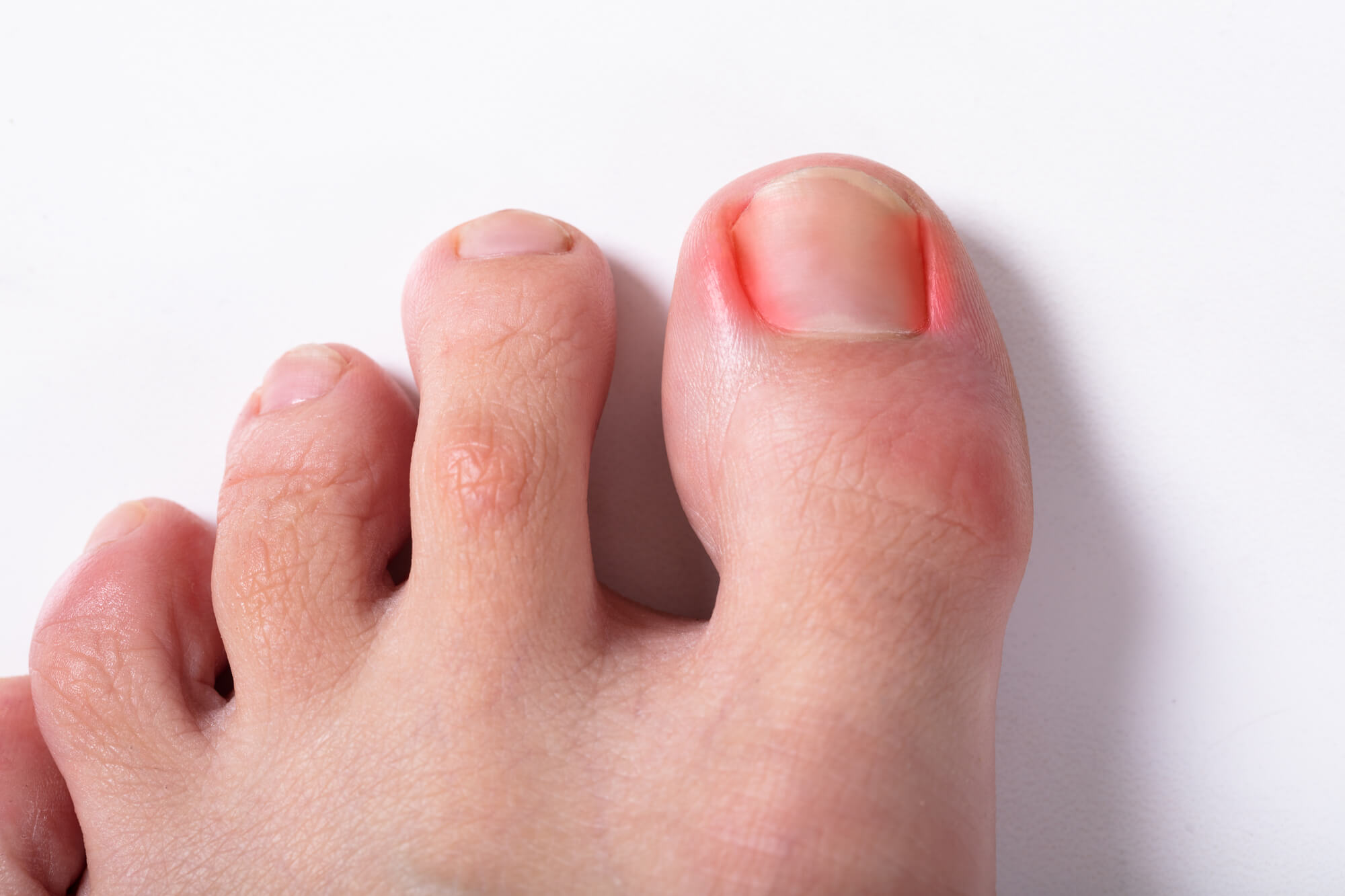
Treatment Options
Home Remedies
There are several home remedies that you can try to treat an ingrown toenail. These include:
- Soaking your foot in warm water: This can help to soften the skin and nail, making it easier to lift the nail edge out of the skin gently.
- Using Epsom salt: Adding Epsom salt to warm water when soaking your foot can help to reduce swelling and inflammation.
- Gently lifting the nail edge: Using a cotton swab or similar tool, you can gently lift the nail's edge out of the skin. Be careful not to push it too far in, as this can cause further irritation.
- Wearing sandals or open-toed shoes: This can help to reduce pressure on the affected toe and allow it to breathe.
If home remedies do not provide relief or the ingrown toenail becomes infected, it's important to seek medical attention.
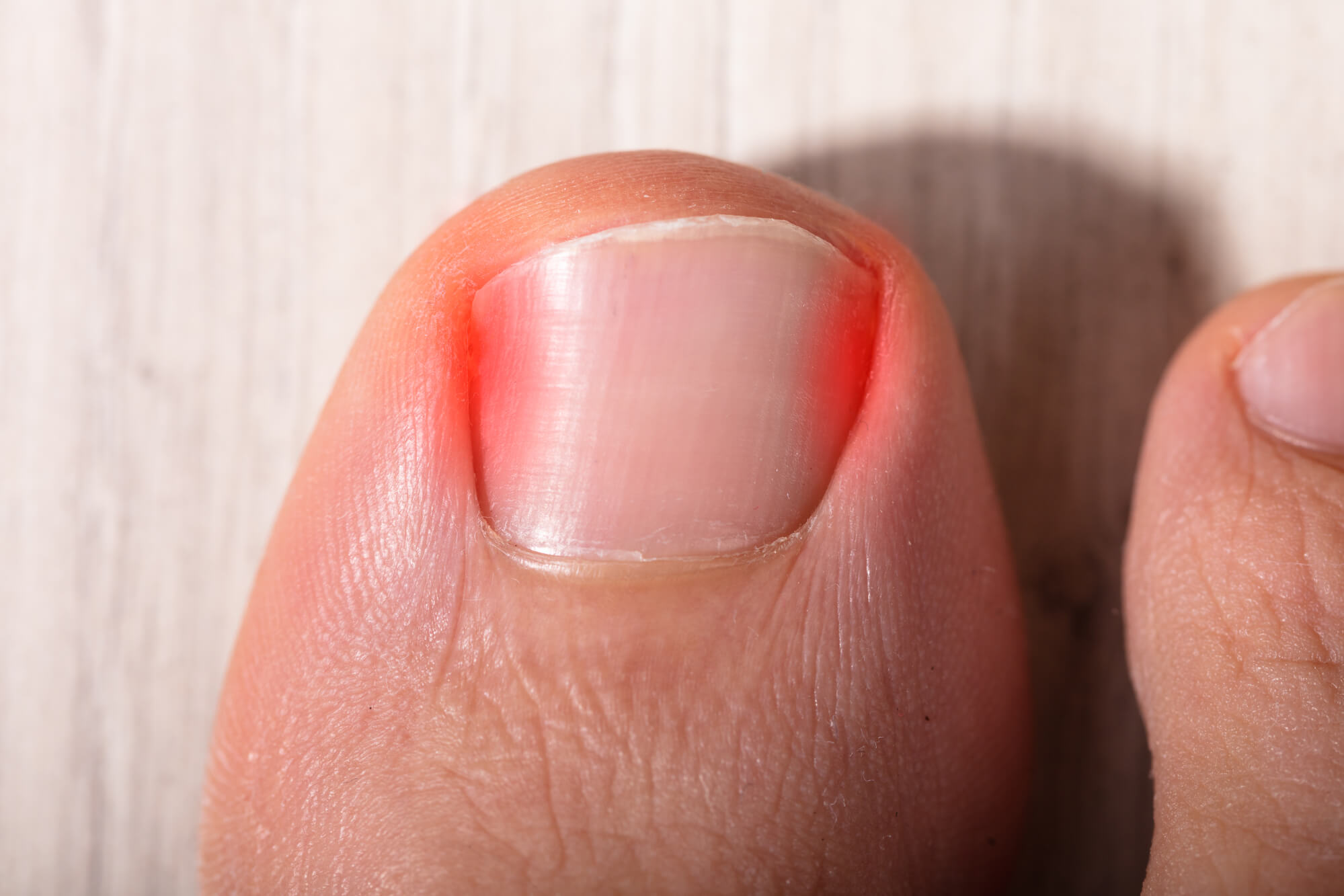
Medical Intervention
In some cases, home remedies may not be sufficient to treat an ingrown toenail. In these situations, a visit to a podiatrist or other medical professional may be necessary. Treatment options may include:
- Antibiotics: If the ingrown toenail has become infected, your doctor may prescribe antibiotics to help clear the infection. It's important to take the full course of antibiotics as prescribed, even if the infection appears to be cleared up.
- Toenail Removal: In some cases, it may be necessary to remove the ingrown portion of the nail. This can be done through a procedure called nail avulsion, in which the nail is partially or fully removed. This is usually performed with a local anesthetic to numb the area.
- Surgery: In severe cases, surgery may be necessary to remove the ingrown nail and the underlying nail bed. This procedure, called an open matrixectomy, is usually performed with a local anesthetic and involves removing the affected portion of the nail and nail bed.
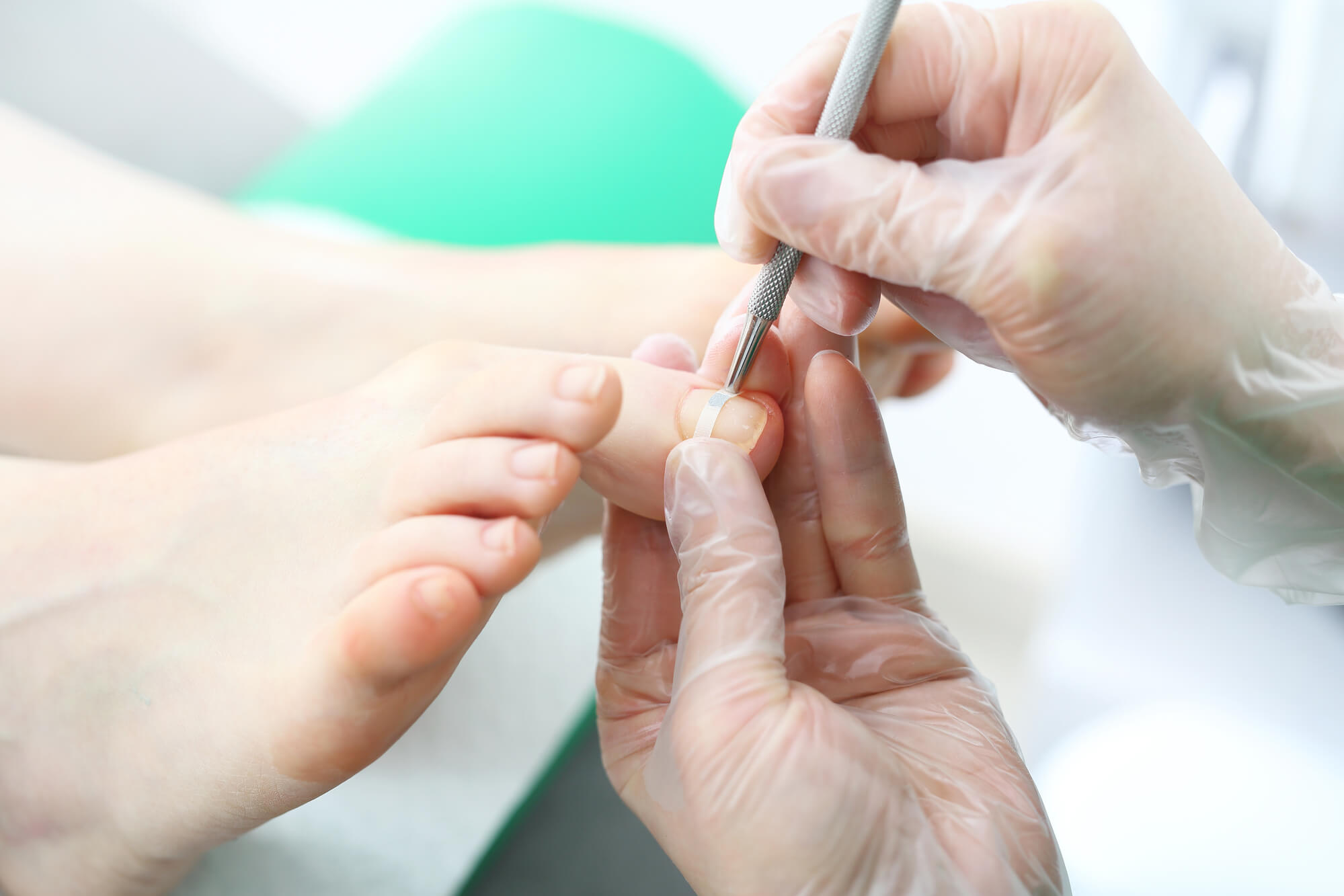
Evaluating the Best Treatment Option for You
There are several factors to consider when deciding on the best treatment option for an ingrown toenail. These include:
Severity of the Ingrown Toenail
The severity of the ingrown toenail will often determine the appropriate treatment option. Mild cases may be able to be treated with home remedies, while more severe cases may require medical intervention.
Underlying Medical Conditions
If you have any underlying medical conditions, such as diabetes or peripheral arterial disease, it's important to consult with a medical professional before attempting any at-home treatments. These conditions can increase the risk of complications and may require more specialized treatment.
Personal Preferences
Your personal preferences and comfort level with different treatment options will also play a role in deciding the best course of action. If you are uncomfortable with certain procedures or prefer a more natural approach, be sure to discuss this with your doctor.
Preventing Ingrown Toenails
You can take several steps to prevent ingrown toenails from occurring in the first place. These include:
Proper Nail Trimming Techniques
One of the most common causes of ingrown toenails is improper nail trimming. To avoid this, cut your toenails straight across and avoid rounding the corners or cutting them too short. Using proper nail-trimming tools, such as nail clippers or scissors specifically designed for toenails.
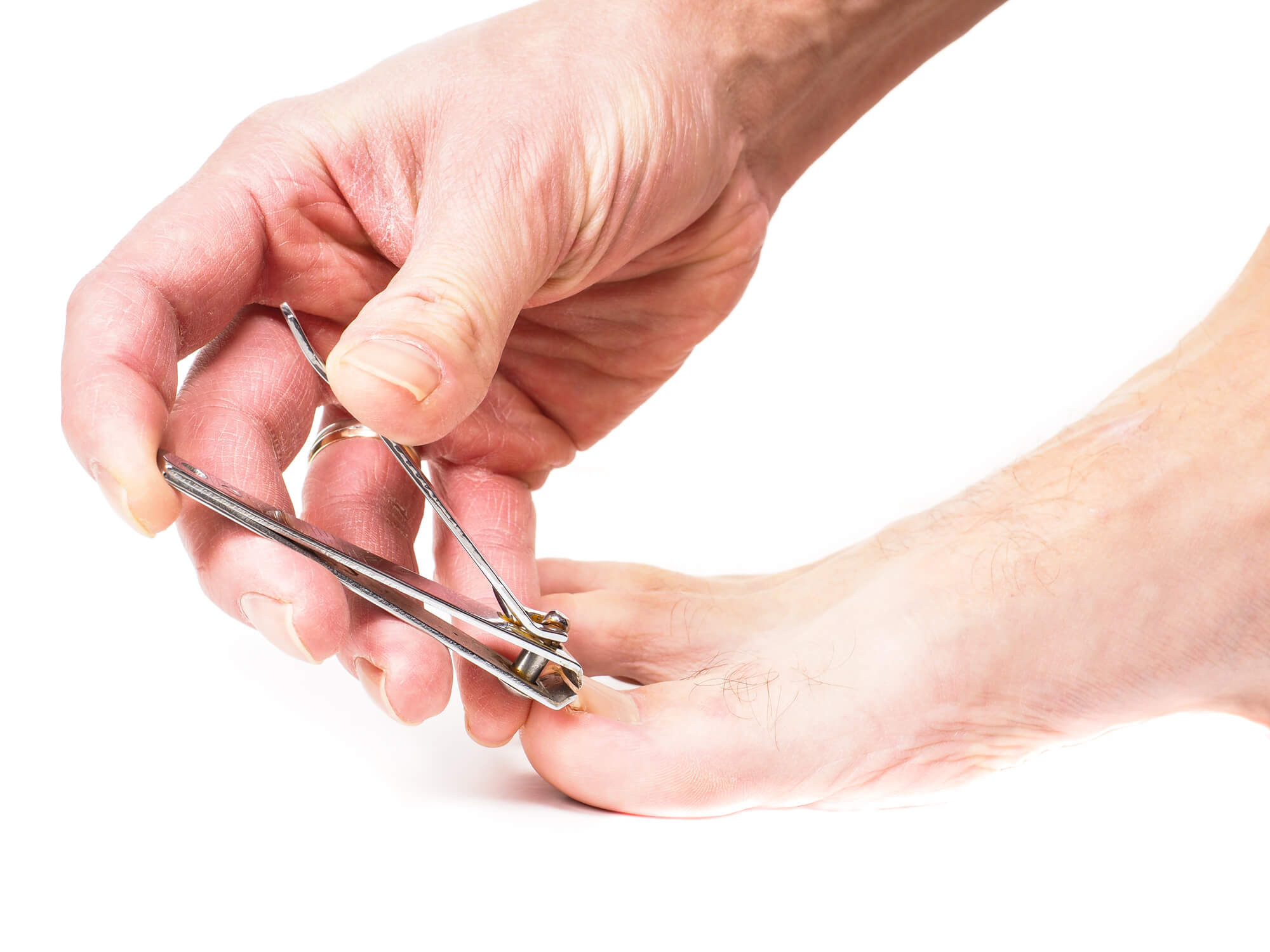
Wearing Proper Footwear
Wearing shoes that fit properly and do not put undue pressure on the toes can also help prevent ingrown toenails. Avoid shoes that are too tight or have narrow toe boxes.
Managing Any Underlying Medical Conditions
If you have any underlying medical conditions that may increase your risk of ingrown toenails, it's important to manage them to the best of your ability. This may include taking medications as prescribed and following a recommended foot care routine.
Conclusion
Ingrown toenails can be painful and uncomfortable, but they can be managed and prevented with the right treatment. Whether you choose to try home remedies or seek medical intervention, it's important to take action to address the problem and find relief. If you have any concerns or are unsure of the best action, don't hesitate to consult with a podiatrist or other medical professional.
FAQ
What is the fastest way to get rid of an ingrown toenail?
The fastest way to get rid of an ingrown toenail will depend on the severity of the condition. Home remedies such as soaking the foot in warm water and gently lifting the nail edge may provide relief if the ingrown toenail is mild and not infected. If the ingrown toenail is more severe or infected, it may be necessary to seek medical intervention, such as antibiotics or a procedure to remove the ingrown portion of the nail.
Will an ingrown toenail heal itself?
In some cases, an ingrown toenail may resolve if the condition's cause is addressed. For example, if the ingrown toenail is caused by improper nail trimming, making a conscious effort to cut nails straight across and avoid rounding the corners may allow the ingrown nail to grow out properly. However, if the ingrown toenail becomes infected or is severe, it is unlikely to heal on its own and will require medical treatment.
How do you get rid of an ingrown toenail at home?
There are several home remedies that you can try to get rid of an ingrown toenail:
- Soak your foot in warm water to soften the skin and nail.
- Use Epsom salt in the water to reduce swelling and inflammation.
- Gently lift the edge of the nail using a cotton swab or similar tool.
- Wear sandals or open-toed shoes to reduce pressure on the affected toe.
If home remedies do not provide relief or the ingrown toenail becomes infected, it's important to seek medical attention.
How do you draw out an ingrown toenail?
To draw out an ingrown toenail, you can try the following steps:
- Soak your foot in warm water to soften the skin and nail.
- Use a cotton swab or similar tool to gently lift the edge of the nail out of the skin. Be careful not to push it too far in, as this can cause further irritation.
- Use a small cotton or dental floss to hold the nail edge.
- Wear sandals or open-toed shoes to allow the toe to breathe and reduce pressure on the affected nail.
Be gentle when drawing out an ingrown toenail, as forcing the nail can cause further irritation and pain. If you are unable to draw out the ingrown nail or the pain successfully is severe, it's best to seek medical attention.

